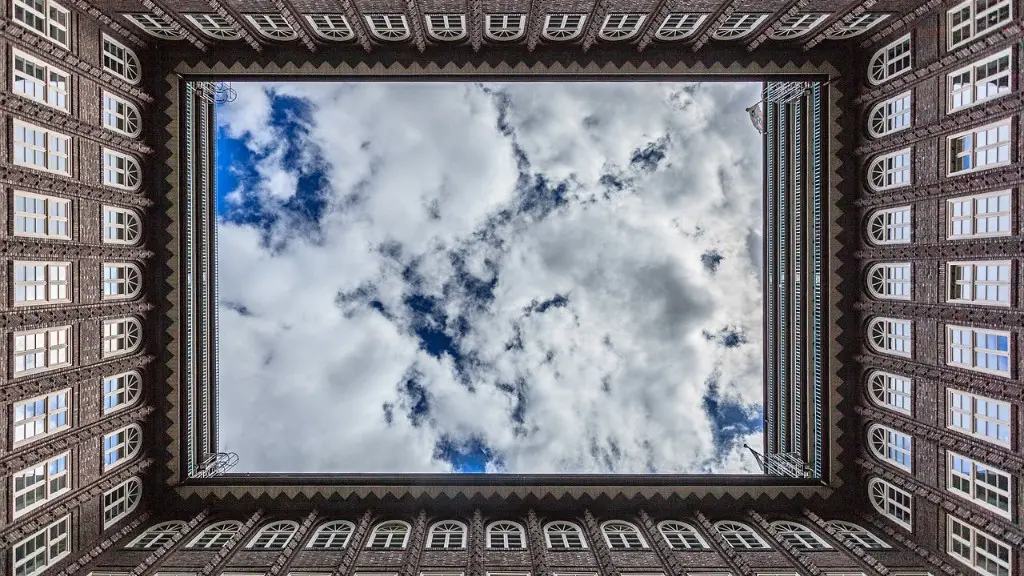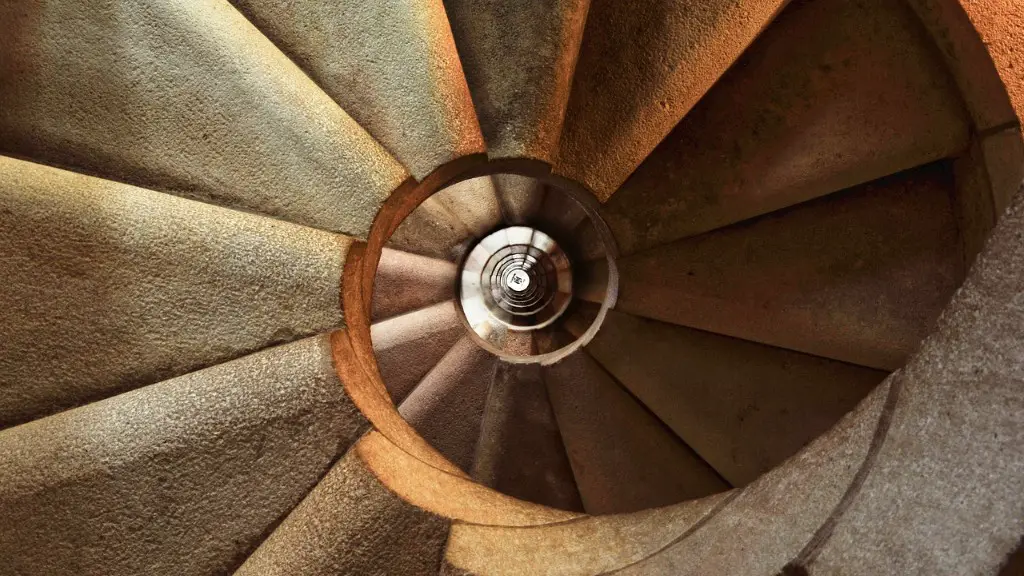Romanesque Architecture Basics
Romanesque architecture was one of the most popular styles used in the construction of castles, churches, cathedrals and monasteries in Western Europe from the 10th to the 12th centuries. Characterised by round arches, thick walls, large towers, and low-slung roofs, its distinguishing features included rounded arches over doors and windows, semicircular arches supported by columns and piers over large openings and an exterior ornamental façade, known as a chevet.
The large, rather squat towers and thick walls earned the style its nickname of ‘barbarian architecture’, while its large naves, long hallways, and massive arched portals gave a sense of grandeur and power. Its characteristic features helped make it a popular form of architecture throughout the medieval period, being one of the few forms of building in regular use during the early medieval ages.
Gothic Architecture Basics
Gothic architecture emerged in the 12th century, although it had its origins in Romanesque architecture. Unlike its predecessor, the use of pointed arches was prominent, emphasised by pointed archways, huge stained glass windows, buttresses, and flying buttresses that enhanced the overall effect of the architecture. The buildings were characterised by their extreme verticality, and the use of pointed arches, tracery, pinnacles, gargoyles, and stained glass windows gave them an air of majesty and power.
The style also extended to decoration of churches with intricate carving, and in some cases, the use of highly patterned mosaic and painted frescos. Gothic architecture was often constructed with tall, spires – sometimes up to 200 feet high – that not only added to the visual effect of the building, but also allowed higher ceilings within the interior. The pointed arches of the buildings allowed light to fill up and create the sense of a soaring building, making it appear to ascend towards the heavens.
Who Came First?
When it comes to determining which style of architecture came first, many experts tend to agree that it was Romanesque that was first in use throughout Europe. The style was popular in the 10th century, and was well established by the 11th and 12th centuries, when Gothic architecture began to emerge. The prevalence of the rounded arches in the architecture of the period is a clear indication that it was Romanesque that was the first to be used in Western Europe during these times.
Despite the prevalence of Romanesque architecture in these times, the development of the pointed arch was key to the emergence of the Gothic style. This was first introduced in the 11th century, and was then popularised in the early 12th century. It was during this time that Gothic architecture emerged, thanks to its more ornate designs and the use of pointed arches to create a sense of soaring height.
Comparison Between Romanesque and Gothic Architecture
When comparing Romanesque and Gothic architecture, it is clear that there are many similarities, as well as differences. The most notable difference is the shapes used for the arches, with Romanesque using rounded arches and Gothic using pointed ones. Another characteristic the two styles share is their use of thick walls, large towers and smaller windows, however, Gothic architecture was more ornamental and decorative than Romanesque.
In terms of where they were used, Romanesque architecture was used mainly in castles, churches, cathedrals and monasteries, while Gothic architecture was used in the same locations, but also in civic and commercial projects. As well as this, Romanesque architecture was more heavily used in Southern Europe and the Mediterranean, while Gothic architecture was most popular in Northern Europe. As a result, many experts consider each style to be quite distinct.
Which is Better?
Ultimately, the question of which style of architecture is better is a subjective one. It may depend on the individual’s preference, as well as on the location in which the building is constructed. Romanesque architecture is often associated with opulence, grandeur, and power, while Gothic architecture is seen as more ornamental and decorative. It may also depend on the purpose for which the building is constructed.
For example, if the building is to be used as a castle or a church, the Romanesque style may be the preferred option, due to its large walls and towers, whereas for a civic or commercial project the Gothic style may be more suitable, due to its ornate designs.
Romanesque and Gothic in the Present Day
Today, both Romanesque and Gothic architecture continue to remain popular, with many modern constructions incorporating elements of both styles. Many churches, cathedrals and other monumental buildings still retain the distinct Romanesque and Gothic features, while in many cases, the styles have been blended together, creating a new and unique architectural style.
Though the use of these styles in modern architecture is becoming more and more commonplace, they remain firmly entrenched in our cultural heritage, with the majority of the monuments being centuries old and often still in use. This testament to their popularity, and the stunning beauty of their designs continue to make Romanesque and Gothic architecture as popular as ever.
Contribution to Society
Romanesque and Gothic architecture has been a major contributor to the development of Western Europe’s cultural heritage, and continue to inspire art and architecture students today. The use of these styles in modern architecture has had a major positive impact on society and culture, with many of the most iconic monuments still standing against the test of time.
These monuments, owing to their stunning designs, have become synonymous with Europe’s identity, and are now recognised in many parts of the globe. As a result, Romanesque and Gothic architecture has been recognised as a major cultural contribution by experts and scholars alike.
What do Experts Say?
When it comes to the debate between which style of architecture came first, experts tend to agree that it was Romanesque that was the first to be used. The prevalence of the style in the 10th century, and its dominance throughout the 11th and 12th centuries is evidence enough, although the emergence of the pointed arch in the 11th century provided the foundations for the emergence of Gothic architecture in the early 12th.
When it comes to judging which is better, experts also tend to believe that it’s subjective, and ultimately depends on the individual, the purpose for which the building is constructed, and the location in which the building is constructed. Ultimately, whatever style is chosen, it is undeniable that both Romanesque and Gothic architecture has had a major impact on the development of Western European culture, and continue to influence modern constructions today.
Conclusions
While there is some debate over which style of architecture came first, it is clear that both Romanesque and Gothic architecture have been major contributors to cultures and societies in Western Europe. Both of these styles offer distinct features that continue to be replicated and incorporated in modern architecture, and remain iconic symbols of the region.
The influence of these styles has been immense, and they continue to inspire art and architecture students, as well as architects and designers all over the world. This is a testament to the stunning beauty and power of both Romanesque and Gothic architecture, and is a symbol of the strength of the culture and art of the region.




